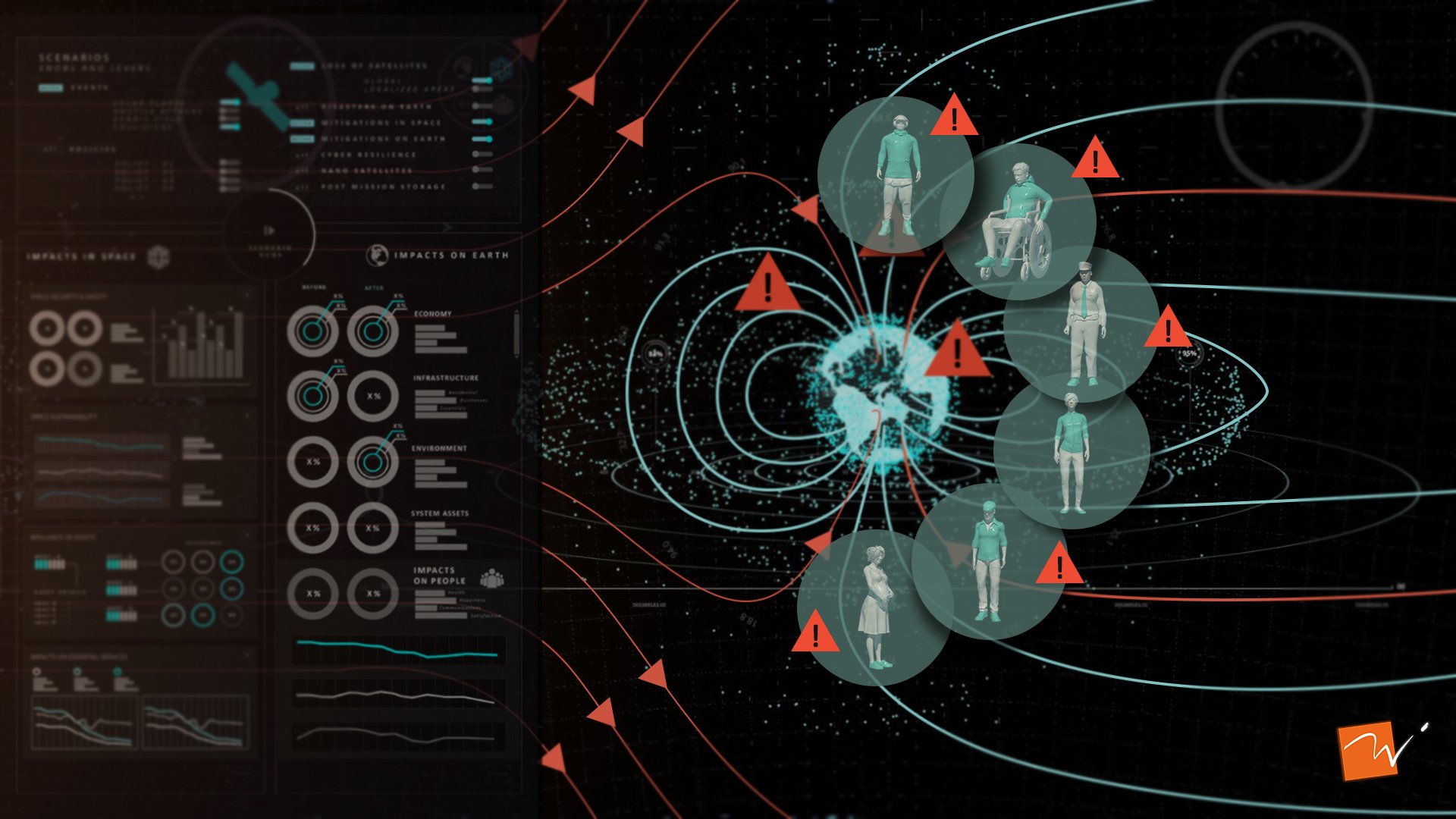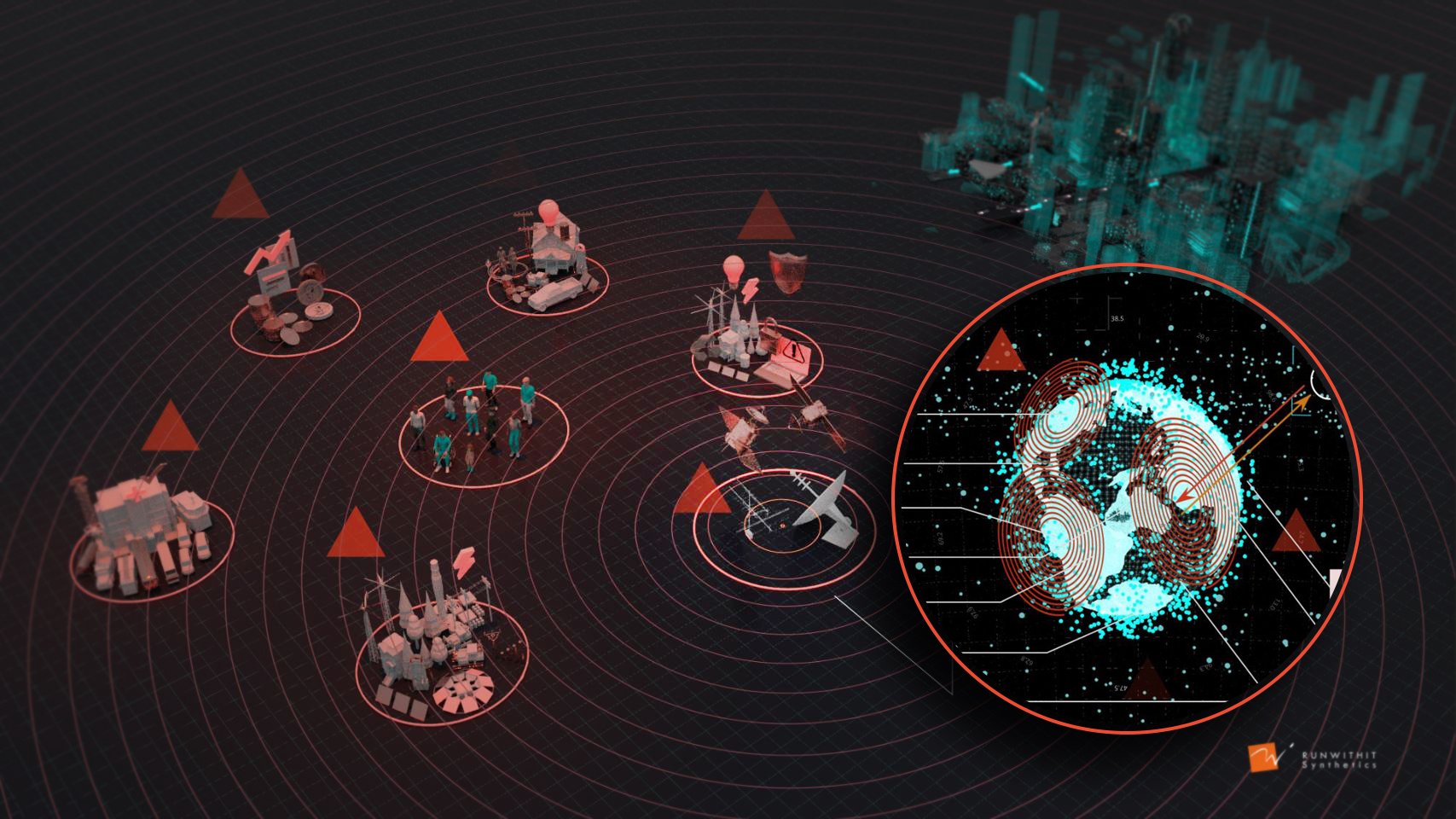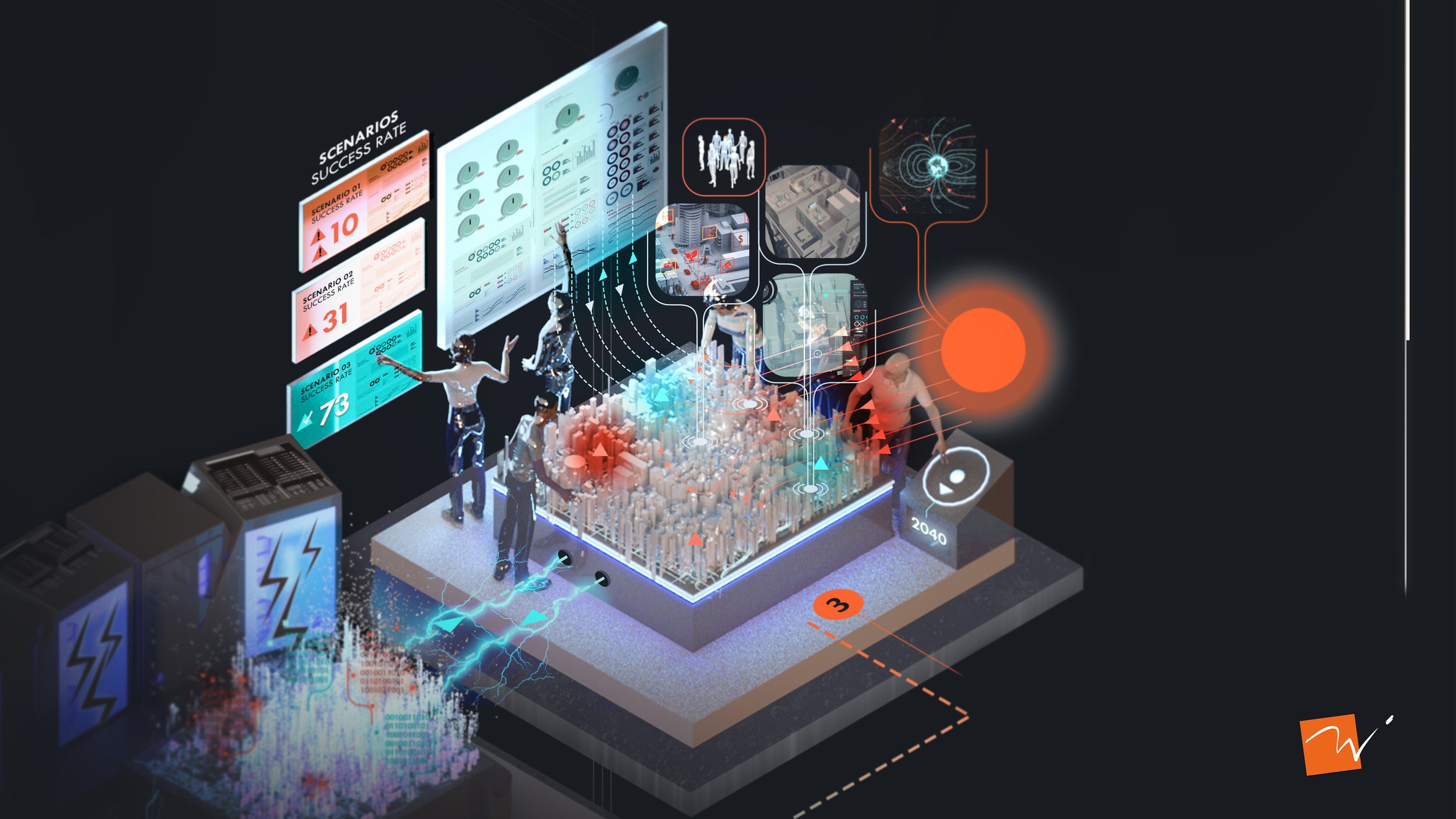Space Equity
At present, 2000 satellites surround Earth in low-orbit, anticipated to rise dramatically over the next decade to over 100,000 satellites in orbit. The paradigms and structural inequalities that led to this mega-crisis are also behind how space is being occupied, with little coordinated international regulation, discussion of ethical considerations, or consensus-building from a shared vision for the future of humanity in space. The rush to claim near-Earth space is also leaving out the world’s most marginalized communities, including Indigenous peoples, who need to be involved as stakeholders in decision-making.











